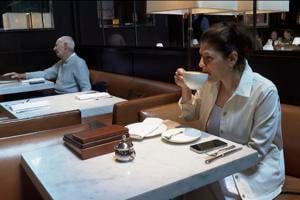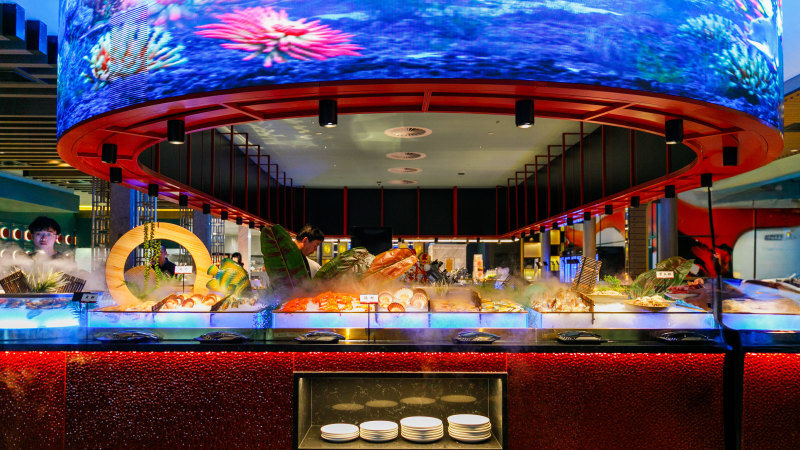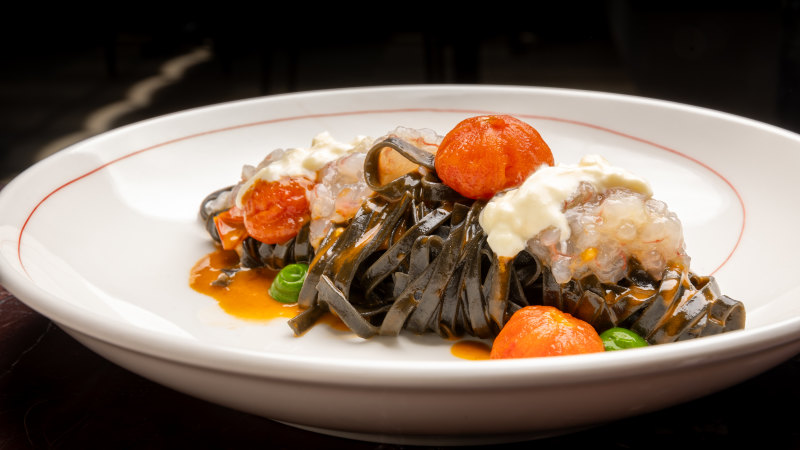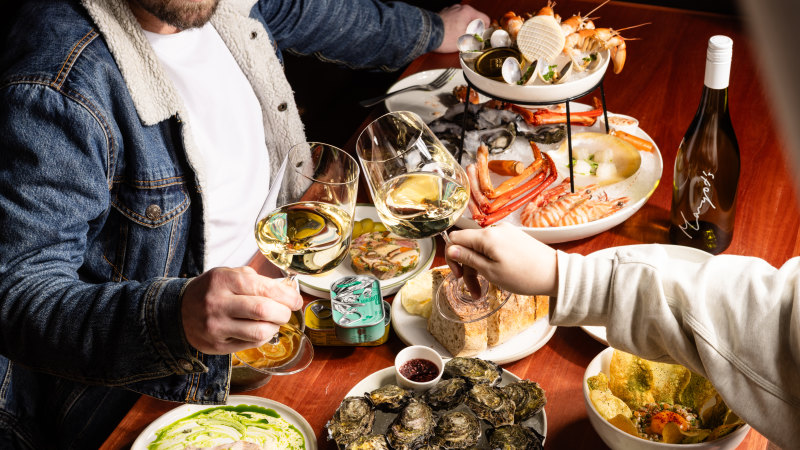But once or twice a week, she goes to a restaurant by herself. Imanirad said dining alone gives her time to think or read. She tries not to touch her phone and relishes the silence.
“It’s like a spa, but a different type,” Imanirad said during a recent solo lunch at Spruce, an upscale restaurant in San Francisco. In the U.S.
, solo dining reservations rose 29% over the last two years, according to OpenTable, a restaurant reservation site. They’re up 18% this year in Germany and 14% in the United Kingdom. Japan even has a special term for solo dining: ohitorisama, which means alone but with honorifics spoken both before and after the word to make parties of one feel less hesitant.
In a recent survey, Japan’s Hot Pepper Gourmet Eating Out Research Institute found 23% of Japanese people eat out alone, up from 18% in 2018. As a result, many restaurants in Japan and elsewhere are redoing their seating, changing their menus and adding other special touches to appeal to solo diners. “Even so-called family restaurants are increasing counter seats for solitary diners, and restaurants are offering courses with smaller servings so a person eating alone gets a variety of dishes,” said Masahiro Inagaki, a senior researcher at the institute.
OpenTable CEO Debby Soo thinks remote work is one reason for the increase, with diners seeking respite from their home offices. She thinks there are deeper reasons, too. “I think there’s a broader movement of self-love and self-care an.

















